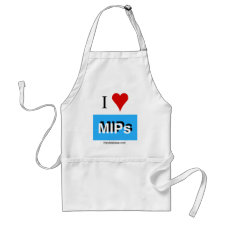
Authors: Li JJ, Yang M, Huo DQ, Hou CJ, Li XL, Wang GM, Feng D
Article Title: Molecularly imprinted polymers on the surface of silica microspheres via sol-gel method for the selective extraction of streptomycin in aqueous samples.
Publication date: 2013
Journal: Journal of Separation Science
Volume: 36
Issue: (6)
Page numbers: 1142-1148.
DOI: 10.1002/jssc.201200869
Abstract: Streptomycin-imprinted silica microspheres were prepared by combining a surface molecular-imprinting technique with the sol-gel method. A mixture of tetrahydrofuran, ethanol, and water (6:1:1, v/v/v) was selected as dispersing solvent while 3-aminopropyltriethoxysilane and triethoxyphenylsilane acted as functional monomers, and tetraethyl orthosilicate as a cross-linker. Characterization of the molecularly imprinted polymers was conducted using scanning electron microscope and dynamic binding experiments. As compared to the nonimprinted polymers, the imprinted polymers exhibited a higher degree of saturated adsorption volume up to 26.3 mg/g, and better selectivity even in an aqueous solution with interfering compounds, including dihydrostreptomycin, neomycin, and tetracycline. The adsorption ability and selectivity were observed to be influenced by the mole ratio of 3-aminopropyltriethoxysilane and triethoxyphenylsilane. Feasibility of the polymers to be used for actual application was also evaluated with spiked samples, indicating great potential for large-scale applications. Moreover, the streptomycin-imprinted polymers can be repeatedly used for 12 cycles without losing original performance, which is beneficial for commercial use
Template and target information: steptomuycin
Author keywords: Absorption ability, molecularly imprinting polymers, sol-gel method, Streptomycin



Join the Society for Molecular Imprinting

New items RSS feed
Sign-up for e-mail updates:
Choose between receiving an occasional newsletter or more frequent e-mail alerts.
Click here to go to the sign-up page.
Is your name elemental or peptidic? Enter your name and find out by clicking either of the buttons below!
Other products you may like:
 MIPdatabase
MIPdatabase









